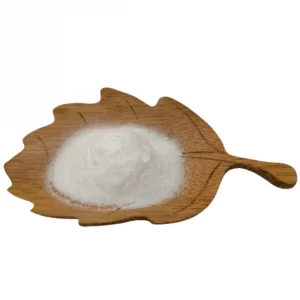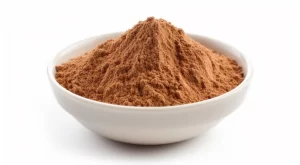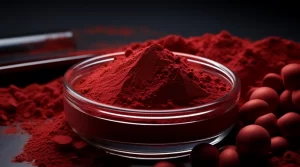Энциклопедия порошка ликоподия
Порошок ликоподия
Порошок ликоподия - это вид чистого натурального дикого растения ликоподия. Порошок ликоподия - это желтовато-коричневый пылевидный порошок, состоящий из высушенных спор растения ликоподий или различных родственников папоротника. При смешивании с воздухом споры легко воспламеняются и могут быть использованы для создания взрывов пыли в качестве театрального спецэффекта. Этот порошок традиционно использовался в физических экспериментах для демонстрации таких явлений, как броуновское движение.
Ликоподен порошок можно разделить на тяжелый и легкий, доля тяжелого составляет 2,10, качество немного хуже, может быть использован для производства фейерверков или рекламного реквизита. Пропорция легкого порошка ликуса составляет 1,062, качество лучше, может быть использован в медицинских материалах и других местах с более высокими требованиями, конечно, производство фейерверков может быть, но эффект немного меньше, легкий легко быть использован для опыления цветов.
Заготовка сырья
С июля по сентябрь, когда спорангии не полностью созрели или растрескались, шипы со спорами срезают, сушат на брезенте, трясут, чтобы споры осыпались, и применяют после просеивания.
Порошок ликоподия Основное применение
Сегодня порох используется в основном для создания большой и впечатляющей вспышки или пламени, но с ним относительно легко безопасно обращаться в магических шоу, а также в кино и театральных спецэффектах.
Исторически споры также использовались в качестве фотографического блеска. Оба способа использования основаны на тех же принципах, что и взрывы пыли, поскольку споры имеют большую площадь поверхности на единицу объема (диаметр одной споры составляет около 33 микрон (мкм)) и высокое содержание жира. Он также используется в фейерверках и взрывчатых веществах, порошке для снятия отпечатков пальцев, оболочке для таблеток и в качестве стабилизатора для мороженого.
Порошок ликоподия также иногда используется в качестве смазочной пыли при контакте кожи с изделиями из латекса (натурального каучука), такими как презервативы и медицинские перчатки.
В физических экспериментах и демонстрациях порошок ликоподия можно использовать для того, чтобы сделать звуковые волны в воздухе видимыми для наблюдения и измерения, а также для того, чтобы сделать видимыми электростатические заряды. Порошок также обладает высокой гидрофобностью: если поверхность стакана с водой покрыта порошком ликоподия, опустите палец или другой предмет прямо в стакан, и он выйдет испачканным порошком, но при этом останется совершенно сухим.
Благодаря очень маленькому размеру частиц порошок ликоподия можно использовать для демонстрации броуновского движения. Используйте предметное стекло для микроскопа с отверстиями или без них и посыпьте его порошком ликоподия. Затем покровное стекло можно поместить над образцами воды и спор, чтобы уменьшить конвекцию в воде за счет испарения. При увеличении в сотни раз при близком рассмотрении отдельных частиц ликоподия в микроскопе видны беспорядочно "танцующие" частицы спор.
Это происходит в ответ на асимметричные силы столкновения, оказываемые на макроскопические (но все еще маленькие) частицы порошка микроскопическими молекулами воды, находящимися в беспорядочном тепловом движении.
[Химический состав] : Ликоподий (споры) содержит около 50% жирного масла. Основными компонентами масла являются ликоподиевая кислота (80-86%) и глицериды различных ненасыщенных жирных кислот. Споры также содержат целлюлозу (10-15%), ксилан (10%) и протамин.
[Свойства продукта] : Высушенные споры мелкие и рыхлые, порошкообразные. Светло-желтый, легкий вес, не впитывает влагу. Легко рассыпается при легком встряхивании в сосуде. Удельный вес 1,062, при попадании в воду взвешивается на поверхности, кипит, затем тонет. Плавает на поверхности хлороформа. Обладает хорошими гидрофобными свойствами.
[Сетка продукта] : 80-100 меш.
【 Способ упаковки 】 : 1 кг/ мешок; 10 кг, 20 кг/ картонный барабан.
[Условия хранения] : Хранить в сухом и прохладном месте, избегать солнечного света и высокой температуры.
Backvita



